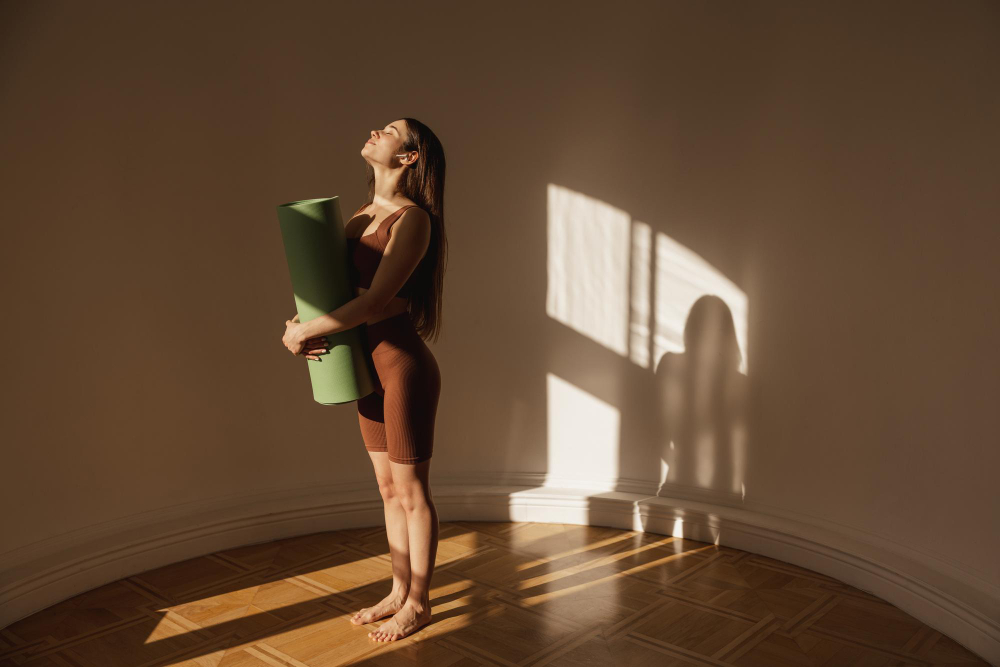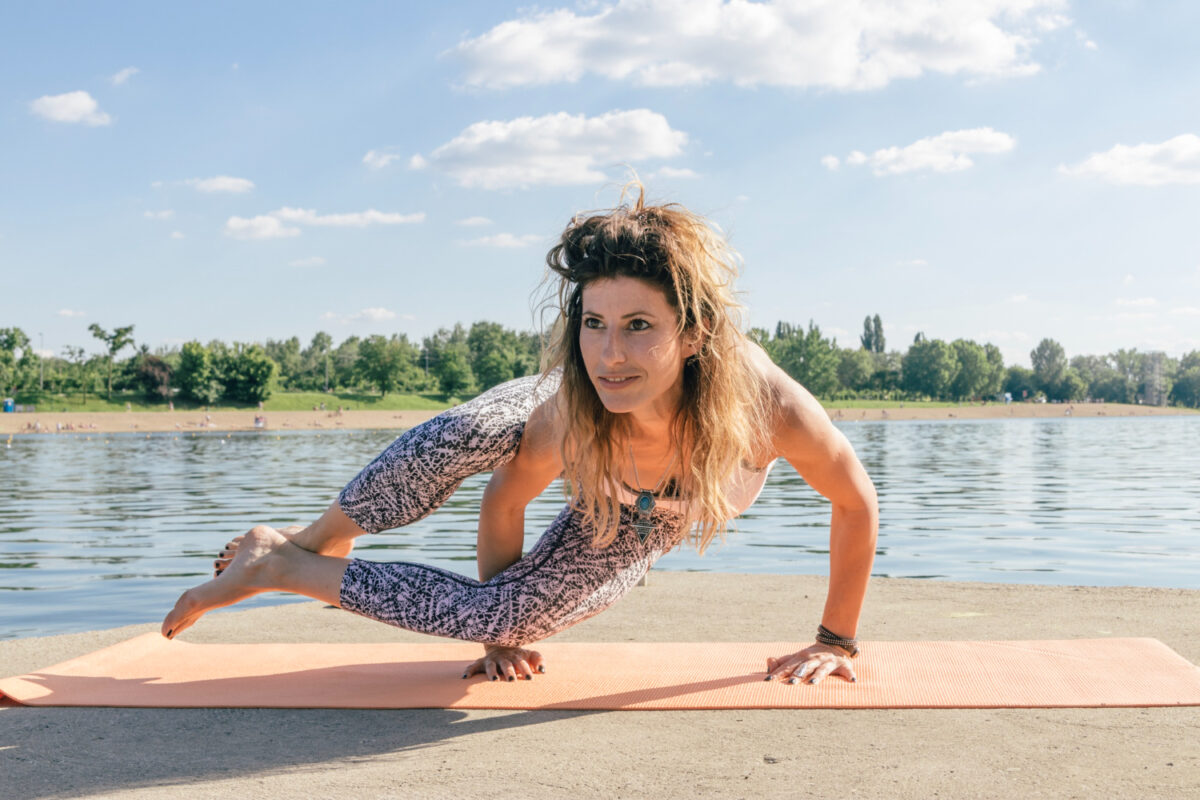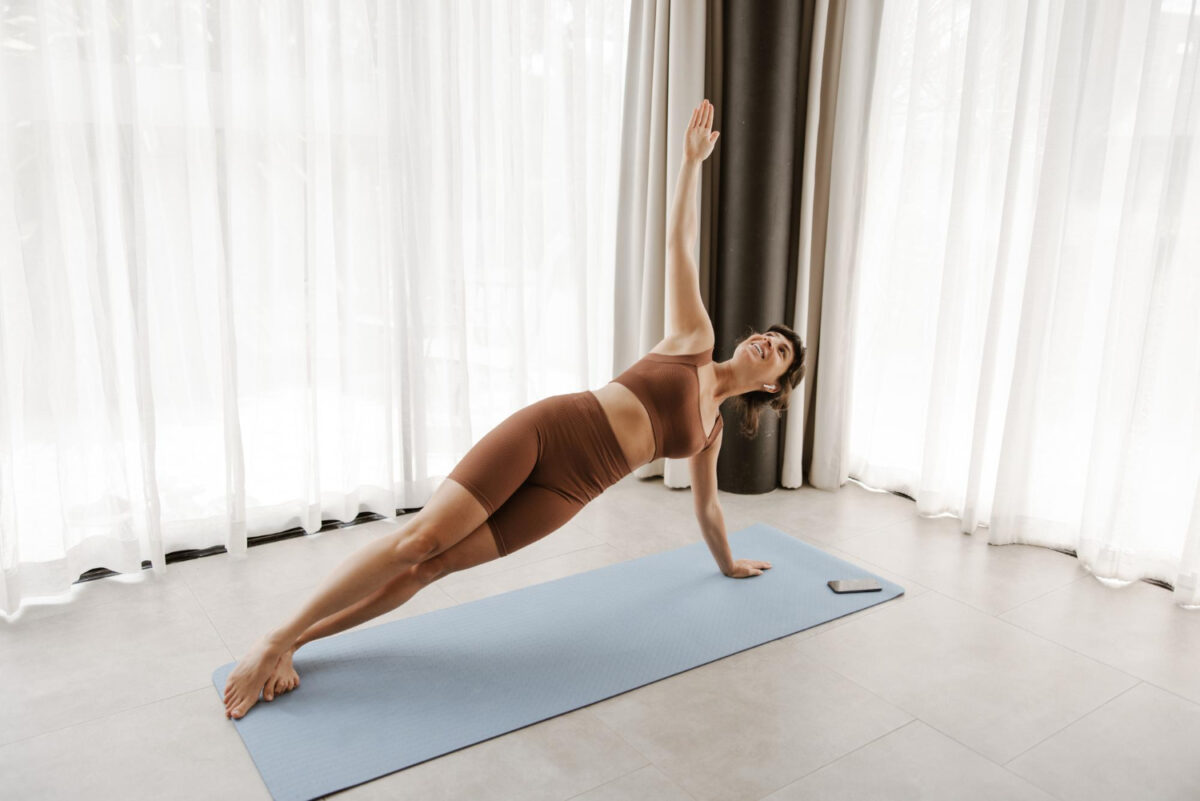You will have heard about the texts that accompany the practice of yoga or perhaps you wonder where the postures, philosophy and breathing of hatha yoga come from. Today from Sincronia Yoga we explain to you what the Hatha Yoga Pradipika.
An ancient practice
Let's put ourselves in context. Yoga is an ancient practice that is more than three thousand years old. Although its origin has not been proven exactly, the presence of some seals, with human and animal figures, found in the Indus Valley and dated to 1600 BC, which would represent the god Shiva in a yoga posture, gives an idea of the date when yoga was already known.
The origin of yoga, not the current practice of physical postures, but the philosophy and goal of liberation of yoga, was born much earlier, from one of the eight orthodox branches of Hinduism, the samkhya either sankhia.
Indian philosophy with all its branches, and among them yoga, is a basically oral tradition transmitted in temples from master to disciple and it was not until the 19th century that the most important texts of the masters of the philosophy began to be transcribed and published. era or its predecessors.
Thus the first texts are compilations or transcriptions of oral tradition. They basically consist of a “sloka” or small stanza rich in meaning and usually commented on by a teacher.
We find two large groups of texts that refer to yoga:
- More philosophical, ethical initials that establish the foundations of yoga: Bhagavad Gita and the yoga sutras of Patañjali.
- Later Hatha Yoga texts: Gheranda Samhita, Shiva Samhita Y Hatha Yoga Pradipika.
Hatha Yoga Pradipika
Thus, the Hatha Yoga Pradipika (Haṭhayogapradīpikā) was born as a compilation of all the material on Hatha Yoga, both from the oral tradition and from mentions in other philosophical texts (such as the Upanishads, Vedas, yoga sutras), by the sage Svātmārāma in the 15th century of our time.
The preserved, translated version that has come down to us today is much later, it was edited in the 19th century by Tukārāma Tātyā. In this period the text has undergone reorganizations of the number of chapters, both cuts and additions, so there is no single official text.
It is currently believed that the original text consisted of 10 chapters and more than 2000 slokas. Of which most later treaties preserved only 4 and also reduced the number of slokas less than 400. There is a version of 5 chapters, where the addition is a therapeutic chapter and on the other hand it is preserved in the library of the Rajasthan Eastern Research Institute in Jodhpur an extensive text very close to the original of 6 chapters and more than 1500 slokas, this text is known as Hatha Yoga Pradipika Siddhanta Muktavali.
Contents of Hatha Yoga Pradipika
In it Hatha Yoga Pradipika We find an exhaustive description of the characteristics and purpose of yoga. Explains the different disciplines or techniques that can be used to reach the state of meditation or the state of raja yoga. Also some key philosophical concepts and the recommendation of mitahara or moderate diet.
The techniques include asanas (the postures), shatkarmas (Cleaning), kumbhaka (breath holding), mudras (energy closures), Nadanusandhana (knowledge through sound), pratyahara (sense retention), dharana (centering), dhyana (meditation) and samadhi (fusion).
The pranayama, or conscious breathing, is briefly explained in cleansing techniques and breath retention.
Furthermore, in the “absent” chapters of the generalized published edition (or four chapters) it is explained more extensively. pranayama, kundalini (latent energy of the spine), chakras (vortices of vital energy) and padmas (lotuses or seats such as the heart lotus) and contains two final chapters: kalajñana (prediction of time of death) and videhamukti (liberation before dying).
However, in this short version the siddhis or special powers gained from yoga, which do not appear in the longer unpublished versions.
Finally, the 5-chapter version includes a closing chapter on the treatment of diseases resulting from incorrect yoga practices from the vision of Ayurveda.

How many postures does Hatha Yoga have?
The Hatha Yoga Pradipika of four chapters mentions only 15 asanas or yoga posturesThese postures are basically in a sitting position since they prepare for meditation. Even according to the translation we make of pose It simply means seat or sit. As we see, this is very far from the current practice of yoga.
The first eleven asanas or yoga postures:
- svastikasana (sitting cross-legged with each foot on the opposite thigh on the inside towards the knees),
- gomukhasana (sitting legs in a loop, foot outward with ankle next to the opposite thigh and arms behind the back forming a cow face),
- virasana (sitting with each foot on the opposite thigh),
- kurmasana (sitting both heels of the feet pressing the anus, ankles and toes outwards),
- kukkutasana (supporting her hands on the inside of her legs crossed in padmasana to rise above them),
- uttana kurmasana (supine from kukkutasana roll on your back and arms around your neck in a turtle shape),
- akarsana dhanurasana (sitting holding the big toe and reaching the ear by stretching the opposite leg in an archer's position or a drawn bow),
- matsyendrasana (seated loop leg twist),
- paschimottanasana (sitting with the whole body flexed on the legs holding big toes, the clamp),
- mayurasana (the planked body held only on the hands, the peacock) and
- savasana (supine on the ground, the corpse);
and four queen positions:
- siddhasana (sitting legs crossed, left heel on the perineum and right on the genitals and chin directed towards the chest and closing),
- padmasana (sitting legs crossed with foot on top of the opposite groin with hands crossing the arms behind the back holding the big toes of the opposite foot),
- simhasana (sitting with feet crossed, both ankles under genitals) and
- bhadrasana (sitting with feet uncrossed, both ankles under genitals and holding feet with hands).
It must be taken into account that the description of the postures described in this article comes from a tradition where only the male body was taken into account, since that is how it is described in the Hatha Yoga Pradipika. There are variants for the female body since the position of the hips and genitals differs.
The Geranda Samhita mentions 85 yoga postures of the 85 million that according to tradition Shiva transmitted to Pavatri when he taught her Hatha Yoga. Currently, yoga teachers work on the order of 100 to 200 postures and there are compendiums that include more than 1000 with their variants.
The bases of current yoga
The Hatha Yoga Pradipika It establishes the foundations of current or modern yoga that became popular in the 19th century of our time after the invasion of India by the English colonizers.
It is a complex text, with techniques, some very remote and little or not at all adapted to the Western mind, and as we see in chapter 5, added later, some can even be harmful to health. Therefore It is a text that must always be accompanied by the interpretation of a teacher.
Silvia Gallego
Yoga teacher, author and editor of breathing books





